
7 tips for driving & maintaining your car this monsoon
The monsoon is here, and with it come a barrage of road accidents and car problems. Slippery roads, open potholes, water logging, and low visibility
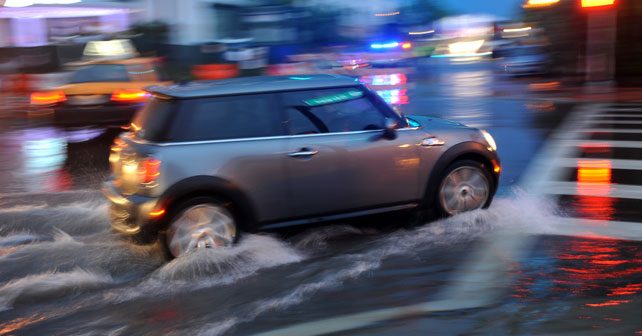
The monsoon is here, and with it come a barrage of road accidents and car problems. Slippery roads, open potholes, water logging, and low visibility are only some of the reasons that cause accidents and other issues on the road. Several preventive measures can be taken to make sure that your car is in tip-top condition to brave the monsoon season.
Here are some simple tips and tricks that you can follow:
1. Tires: The tire tread depth needs to be at least 2mm to prevent aquaplaning on wet and slippery roads. The tire pressure should also be inflated up to the pressure recommended by the car manufacturer, as rubber tends to soften in water.
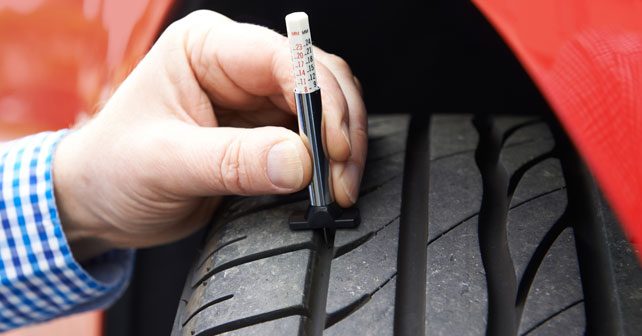
2. Rust: When metal comes in contact with water, it starts to rust, and the part of the car that is most affected and also most ignored is the underbody. You can shield the underside of your car from rust and corrosion by using preventive measures, such as the 3M Underbody Treatment, which will help in long term rust and corrosion proofing.
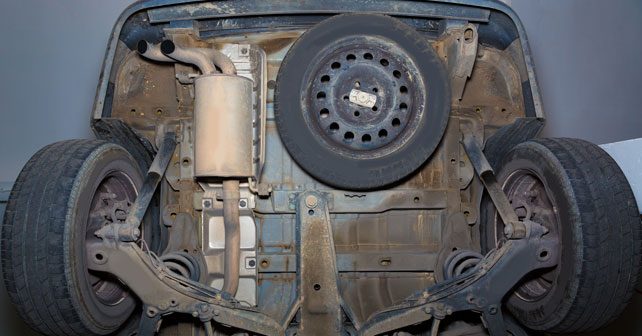
3. Electrical Check up: An electrical check up is imperative, as all electric connections need to be patched correctly and insulated against the rain to avoid short circuits and shocks. The battery condition should also be checked and petroleum jelly should ideally be used on the terminals.
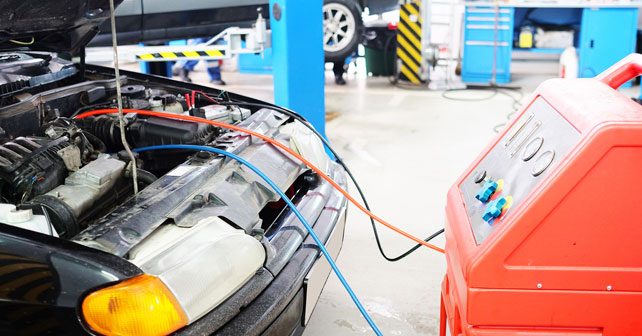
4. Brakes: Brake calipers are a crucial part of your car and should be regularly checked and replaced. They should be kept clean and shouldn’t be too tight or loose. During the rains, the brake drums can get wet and reduce braking efficiency. After wading out of water, dry out your brakes by keeping your left foot on the brake pedal while increasing pressure slowly on the throttle with your right foot.
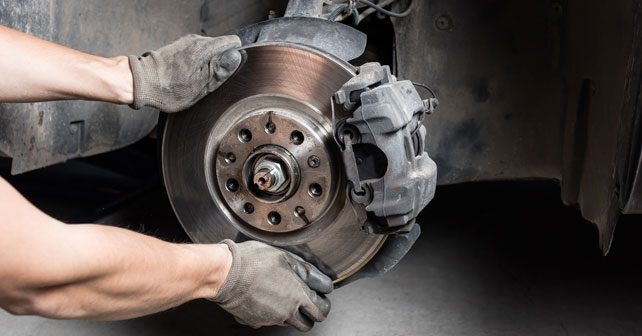
5. Wipers & Washers: The wiper blades usually wear out and become useless within a year. They should be replaced before every monsoon season and checked for functionality on all speeds. The washer bottle should always be full and you can even add a mild detergent to keep the windshield clean and oil free.
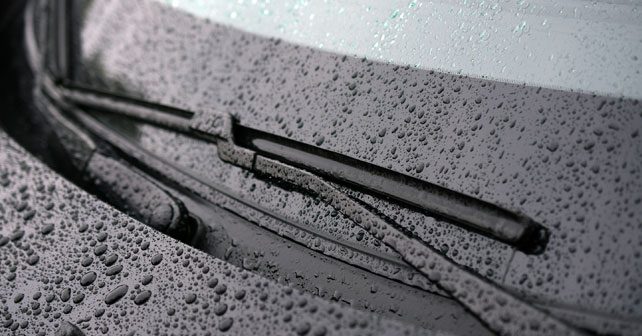
6. Driving through water: If you do find yourself driving through water, make sure you don’t let the car stop under any circumstances. Firstly, put the AC off and open some windows and doors to ensure that even if the car shuts down, you can get out safely. Secondly, keep revving the engine to make sure water doesn’t enter the exhaust pipe. Lastly, make sure you never change gears and ensure you are driving at a low gear and at a slow speed.

7. Regularly clean your car: No matter how careful you try to be, your car will eventually gather dirt, dust and infections – especially in the monsoon, when water can enter through open windows and doors. Unreachable corners, upholstery fabric, ducts and vents often harbor disease-causing microbes that cannot be eliminated with regular cleaning methods, such as a dust cloth with some soap or detergent. Instead, opt for the 3M GermKleen treatment, which kills up to 99% of these microbes and removes the toughest stains without causing damage.
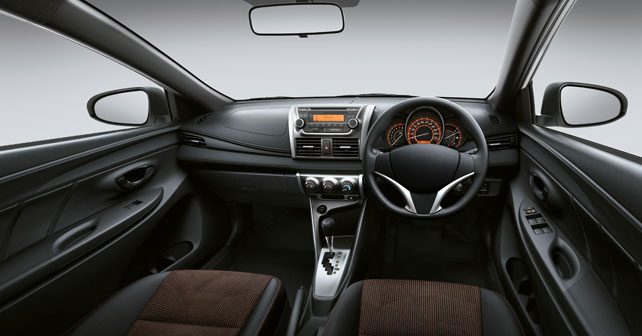
Additionally, we would suggest keeping an Emergency Kit in your car when you venture out during the monsoon. It should have rope, in case you need to be towed, basic food and medical supplies, and a flashlight in case you get stranded somewhere in the dark.
If you follow these basic and easy steps toward car care, it will go a long way in preparing you for the monsoons and also help prevent a lot of mishaps. Monsoon-proofing your car is absolutely essential and a post monsoon check-up and cleaning with the right tools will ensure any damage caused does not last long.
To give your car a once over click here - Set up Appointment
*This is a Sponsored Feature.



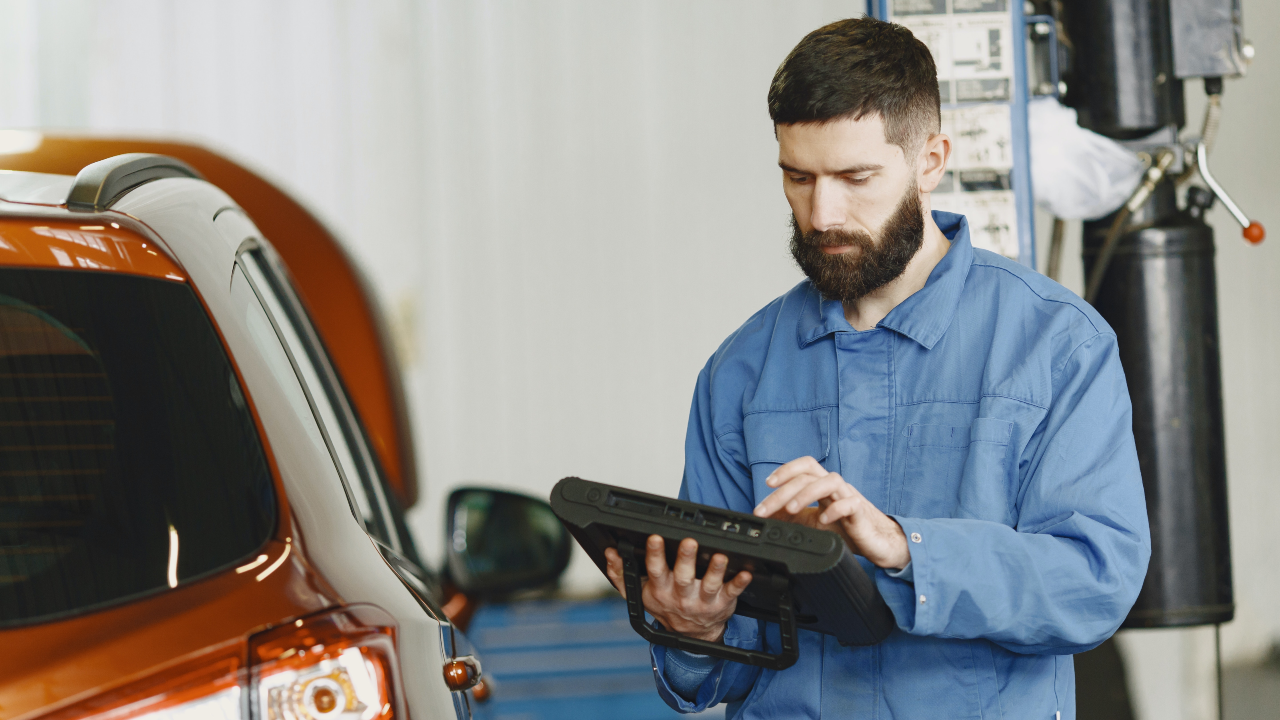

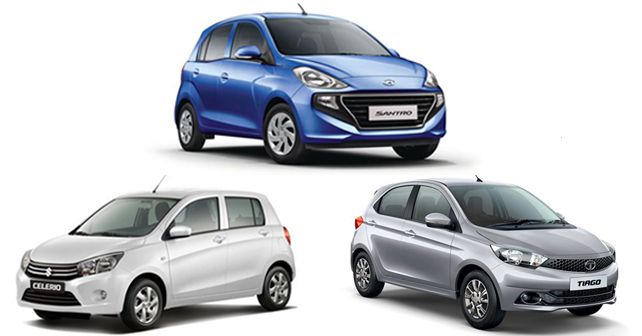
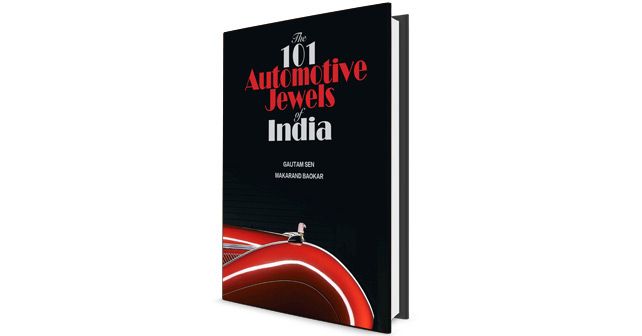




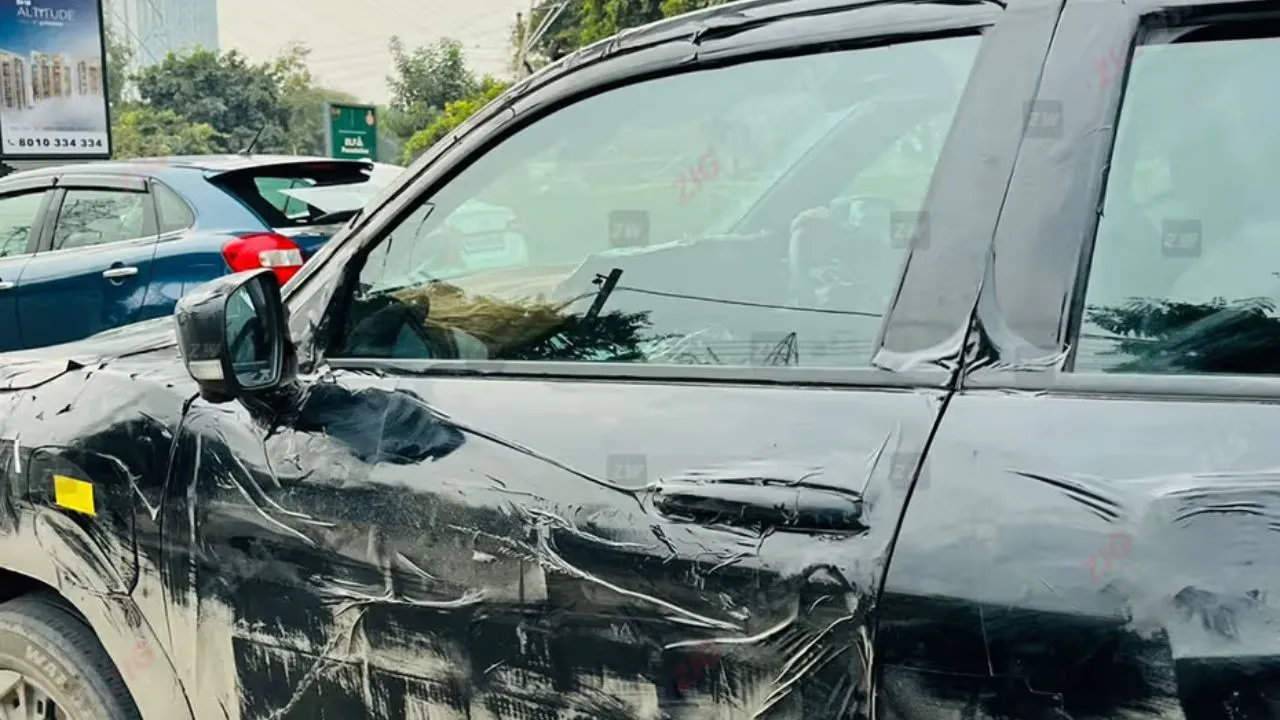
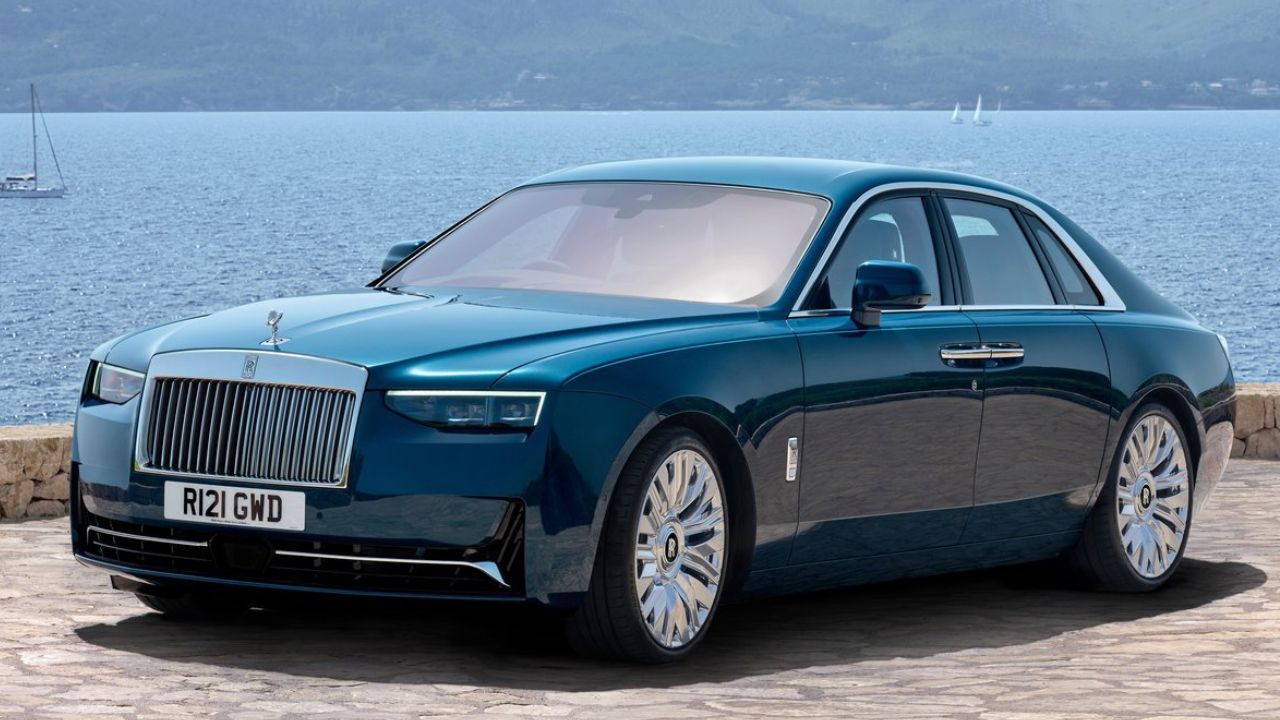
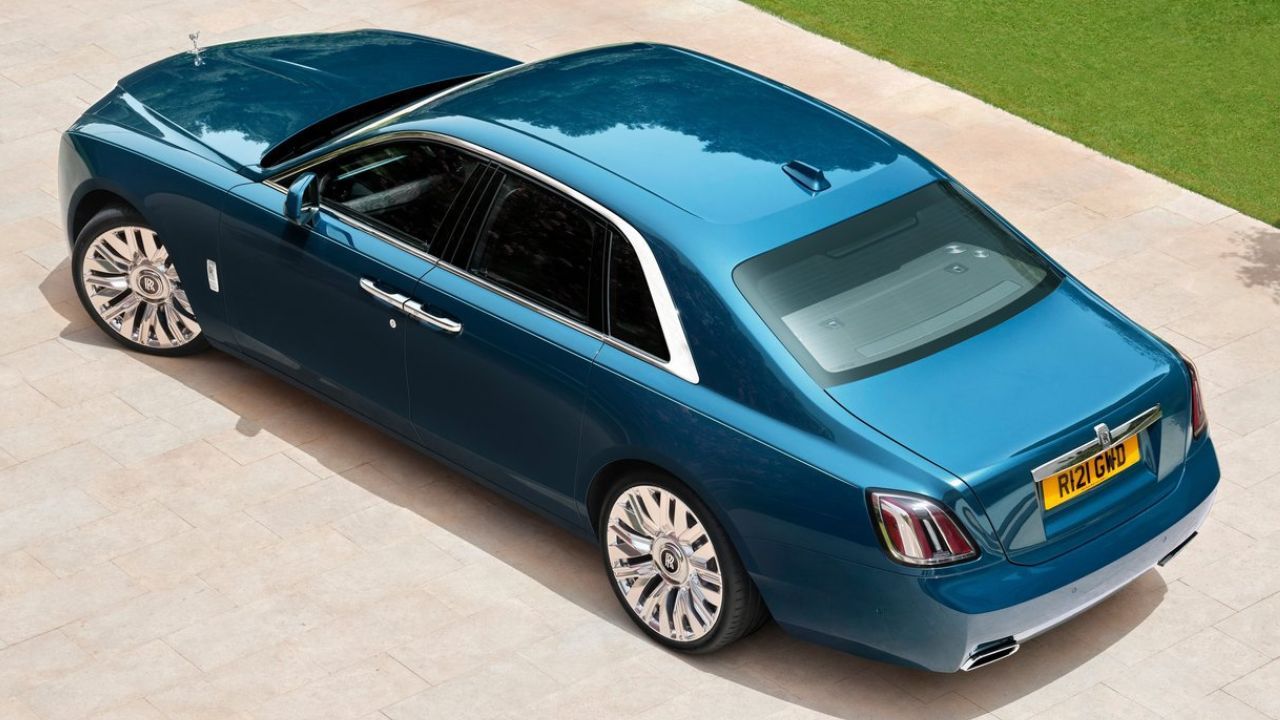
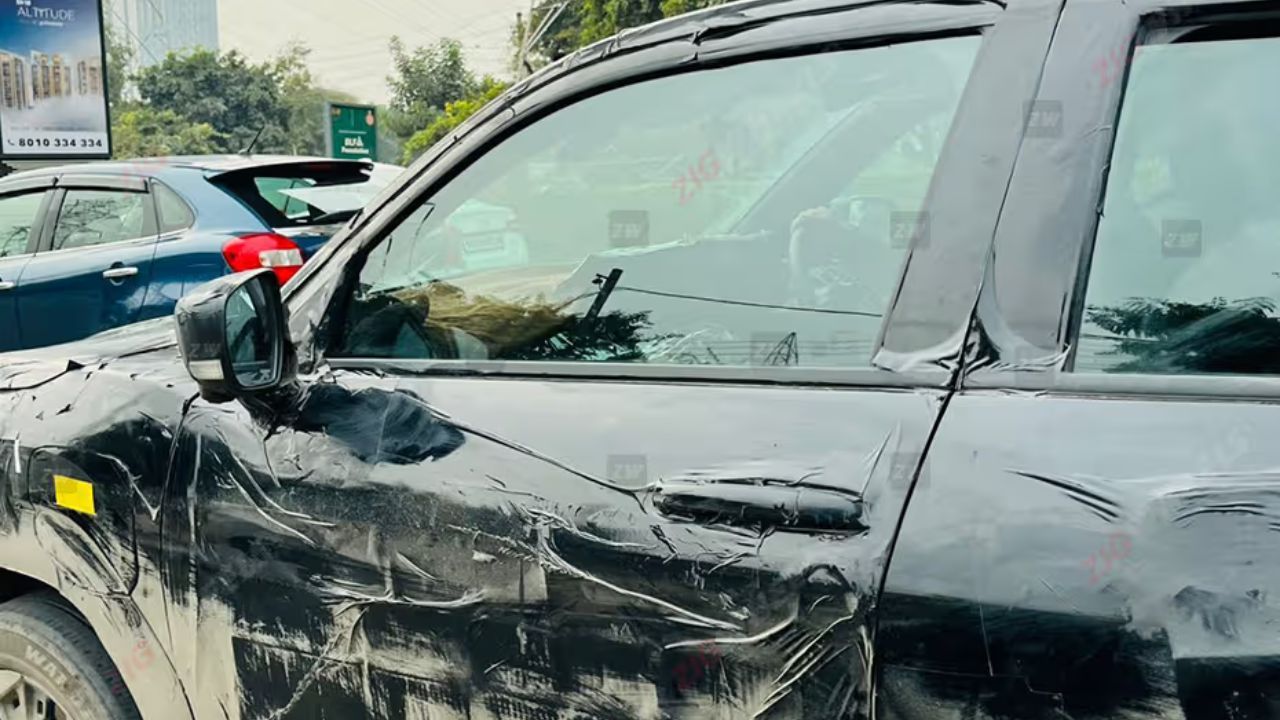
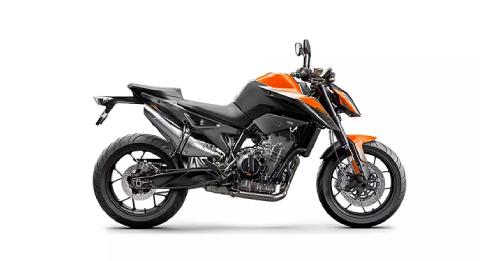
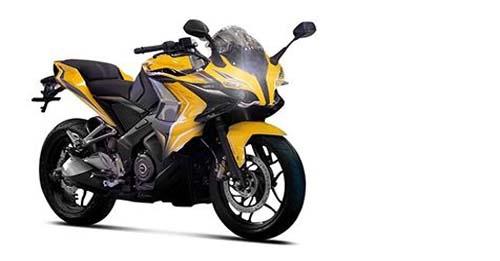
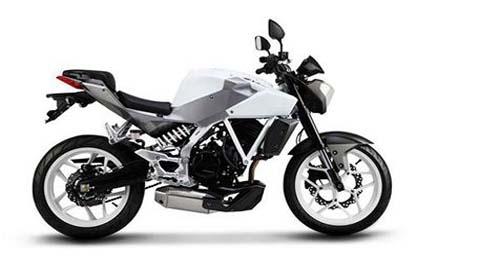
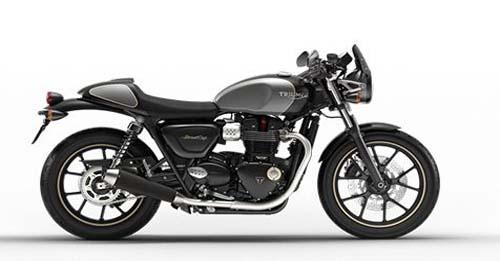
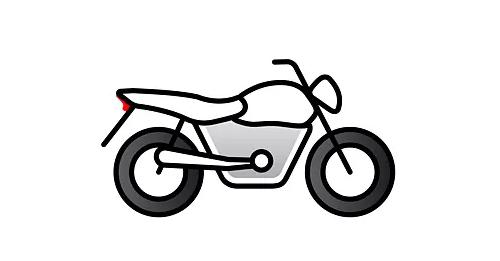









Write your Comment on